Local Archeology
February 10, 2024
How an inside joke turned into a environmental cleanup
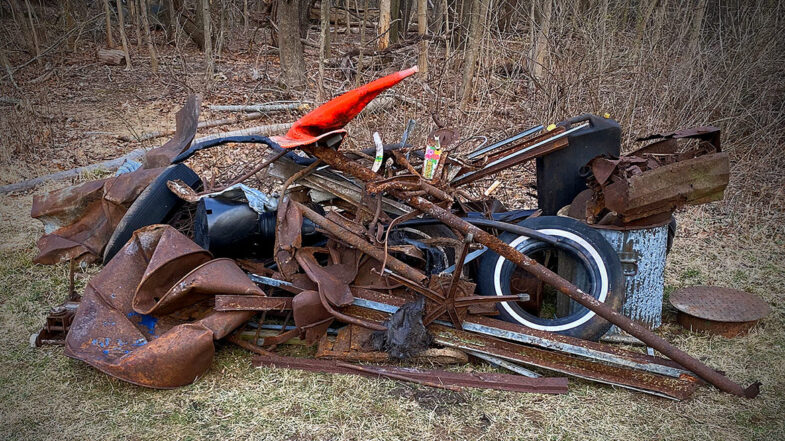
Background
When first moving into our house, my wife and I would find little items while digging around our yard. Antique nails from when the house was first built, marbles and toys from the kids who lived here before us, a hinge off of one of the shutters — just little things like that which I started calling “local archeology”. If we found something interesting, I would photograph it and post it on Instagram. Nothing too special and without any real plan. It was just an inside joke between us that I started using as a hash tag.
We’re lucky enough to live across the street from a state nature preserve and as we settled in to our new neighborhood, I began noticing more little things. Most notable was the trash and litter that would build up on the fence line with the preserve. Now, as I would stand around in the yard enjoying a cigar, this really started to bother me. I wanted to enjoy the expanse of forest in front of me without the eyesore of litter ruining the experience. Being of the “see a problem, solve a problem” persuasion, I started wandering across the street and picking up any bottles, cans or plastic bags that I would find along the fence line in front of our house.
Unfortunately, the more I looked beyond the fence deeper into preserve, the more trash I saw. A bit disappointing, but still rather ignorantly undaunted, I started heading into the park with a couple of five gallon buckets to pick up the trash along the roads near the house. The deeper I wandered through the trees through, the bigger the scale and magnitude of the problem became and the true beginning of this project began. What started as just picking up a stray beer can or coffee cup became pulling out large scale commercial and industrial waste from illegal dumping.
The more I looked, the further I explored, the more I found. Each time I returned from a collection hike, I would regale my wife with whatever weird piece of trash I found and if it was interesting, I would snap a photo and post it. The local archeology inside joke moved from our yard to encompass the preserve. As I discovered the serious commercial waste, my wife recommended I start documenting everything — even the mundane. The photo gallery is a summary of many (but not all) of the trash we’ve been pulling out the forest.
The Trash
Starting in March 2023, I started recording how many trash bags I packed full of litter on each hike. Here’s the break down.
| Month | Trash Bags |
| March | 33 |
| April | 6 |
| May | 3 |
| June | 4 |
| July | 0 |
| August | 5 |
| September | 6 |
| October | 6 |
| November | 0 |
| December | 5 |
| Total | 68 |
Each bag has a 33 gallon capacity, so with one gallon weighing 8.33 pounds, it’s a maximum total of 275 pounds per bag for a total of 18,700 pounds or 9.35 tons of trash. In reality, every bag wasn’t always full and there’s no way I (nor the town sanitation staff) could even lift a bag that heavy. Let’s be conservative and say each bag averaged out to around 50 pounds for a total of 1.7 tons. Tons. Nearly, 3,000 pounds of trash collected into bags and removed.
And that’s just trash. We still need to factor in recycling. Every time it’s feasibly possible, I’m also sorting items into our local recycling bin for pickup. In a busy month of hiking, our 35 gallon bin is completely full and 90% of that would be pulled from the preserve. Certain weeks, I’m also including multiple smaller bags full of metal, glass and plastic. While I don’t have any hard data on the exact volume, I’d estimate a full bin about 30 times in 2023 for around 8,700 pounds or 4.35 tons of recycling removed from the park. 4.35 tons of trash that was just rotting in the woods.
Beyond the little stuff you can pick up and put in a bag, there’s also the big stuff. All the larger items that need to be dragged out, picked up by the city or taken to the county dump. Here’s a (partial) list of some of those big ticket items.
- Gas stove (2)
- Car frame
- Car hood
- Car rear differential
- Car seat (2)
- Window frame (2)
- Cast iron bath tub
- Cast iron sink
- Car batteries (7)
- Lawnmower
- Exercise bicycle
- Oil drum (5)
- Planter
- Tires (12)
- Tractor engine
- Fencing
- Pipes
- Cast iron tractor wheels (2)
It’s not until you start to see the totality of the situation that you begin to understand the level of damage. As I said, the numbers aren’t precise, but the pictures speak for themselves and I’m continually astounded (and dismayed) by what I find. I could go on and on about all the little weird things I’ve found.
The Gallery
Despite posting many photos of the smaller interesting finds on Instagram, I realized that many more were filling up my phone and hard drive. Hence the idea for a gallery to really show the effort in full. With only a couple of exceptions from 2022, the photos are all from 2023 and for the most part in chronological order.
The Design
The art direction doesn’t stray far from the general template I’ve been using recently for other single page projects. A header linking a back to the blog post, the main body of content and a footer with links off to other projects. From there, it’s a matter of styling and customization to fit the project theme.
The general inspiration comes from some of the archeology publications and sites. Sadly, they weren’t very inspiring as they’re designs were often outdated. About the most I could take from their pages was the serif headline, sans serif body copy pairing which, of course, isn’t very unique.
The color palette is Flexoki which is my new favorite as it speaks to my experience in print graphic design. The muted colors are warm and balanced. Admittedly, the design doesn’t take advantage of the full palette only using a few of the colors. It does use both light and dark themes depending on your settings. I’m fairly sure I’ll use the palette in future projects to really explore the full color set to see how they work across different design themes.
The fonts are Playfair Display for the headline (served locally) and Gibson for the body (served via Adobe). I really do love a heavyweight serif face and Playfair really looks great to convey a level of academic prestige (even if it’s a false notion). Gibson is used more sparingly as the gallery doesn’t really have much text. Again, the heavyweight version of the face are just fantastic and I really like how it looks for the subheads.
The Code
Like with the design, the basic template is the same as other recent projects using a CSS grid for the responsive layout. The only difference this time was to experiment with some column/row spans to mimic a masonry effect and showcase larger versions of some of the more interesting finds. It’s not a true masonry grid, but at certain viewport sizes, all the items nest and align nicely. At other sizes, gaps do appear, but that’s expected. There are Javascript libraries to achieve that true masonry effect, but here, where all the photos are the same aspect ratio, the JS overhead and complexity didn’t seem worth it.
Each photo has the opacity dimmed a little which normalizes on hover. This lets the photos blend a bit more with the color palette. On mouseover, they transition to appearing brighter and more rich which gives them impact. The photos can also be clicked on to open larger in a modal window. I’m using the a11y dialog script for the modal behavior. I experimented with adding a keyboard activated previous/next behavior to the modal, but kept getting the array numbering messed up in my Javascript, so I left it out. An update for another day or another project.
The Impact
It’s a fair question to ask: Is this work having a positive or negative impact on the preserve? I’d argue that it’s having a positive impact. I work from the motto of yes, there may be some short term disruption, but it results in long term benefits. Similar to the idea of “leave no trace,” I work to repair any soil disturbance and contrary to the “archeology” title, there is no digging of any kind. Likewise, I rotate the areas I work in over days and weeks to allow the wildlife to reclaim the space. I’m also time limiting my work, so that I’m not in the area for more than an hour or two at most.
There is, of course, also an impact on me. I love walking in the woods and coming upon a new debris field or trash pile can turn my emotions upside down. Sometimes it makes me angry and frustrated. Other times, just sad and disappointed. Sometimes, its just too much and I can’t handle tackling an area as it just feels overwhelming. I’m starting to realize I need to work on a better balance to approach the work only when I’m in the right state of mind. On the positive side, there’s is a sense of pride when I’m able to remove a giant piece of junk from the preserve. I’m also stubborn, so I keep going back for more. It’s almost like to trying to finish a video game quest as it taps into your competitive nature. Maybe one day, I’ll come back from a walk with an empty bucket.
The Future
One of things I’ve come to notice is that the forest wants to get rid of the trash. It wants to be healed. Bottles and cans seem to be pushed up from the soil. Storms, rain, snow and animals uncover items bringing them to the surface. I can pick an area clean only to come back a month later to find more. I have to remind myself all the time that I’m not going to find it all today.
Will I continue? Yeah, most likely. There are three areas of commercial dumping (one in a federally protected wetlands) that I haven’t tackled yet. I know those areas will weigh on my mind if I don’t try to clean them up. I’m not going to stop walking in the woods and the benefits of doing that (exercise, fresh air, quiet) make the potential emotional turmoil worth it. I do get to see amazing things on almost every walk and I’m now starting to learn (and report) more on the ecology for my wife and her non-profit.
Finally, a thank you and shout out to the local sanitation department who has unwittingly been helping with this effort. I can only imagine what they’re thinking when the roll up to our house and see what I’ve put out for collection. Same goes for the county hazardous materials recovery facility. They’re always friendly, helpful and accommodating when I bring in a truck load of crazy stuff.
Please don’t litter.
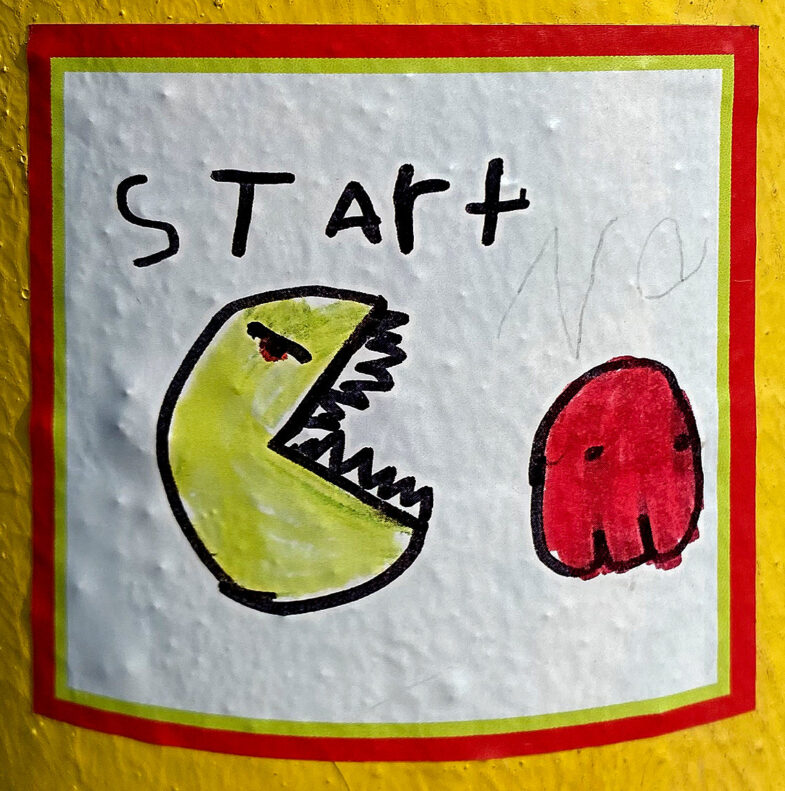
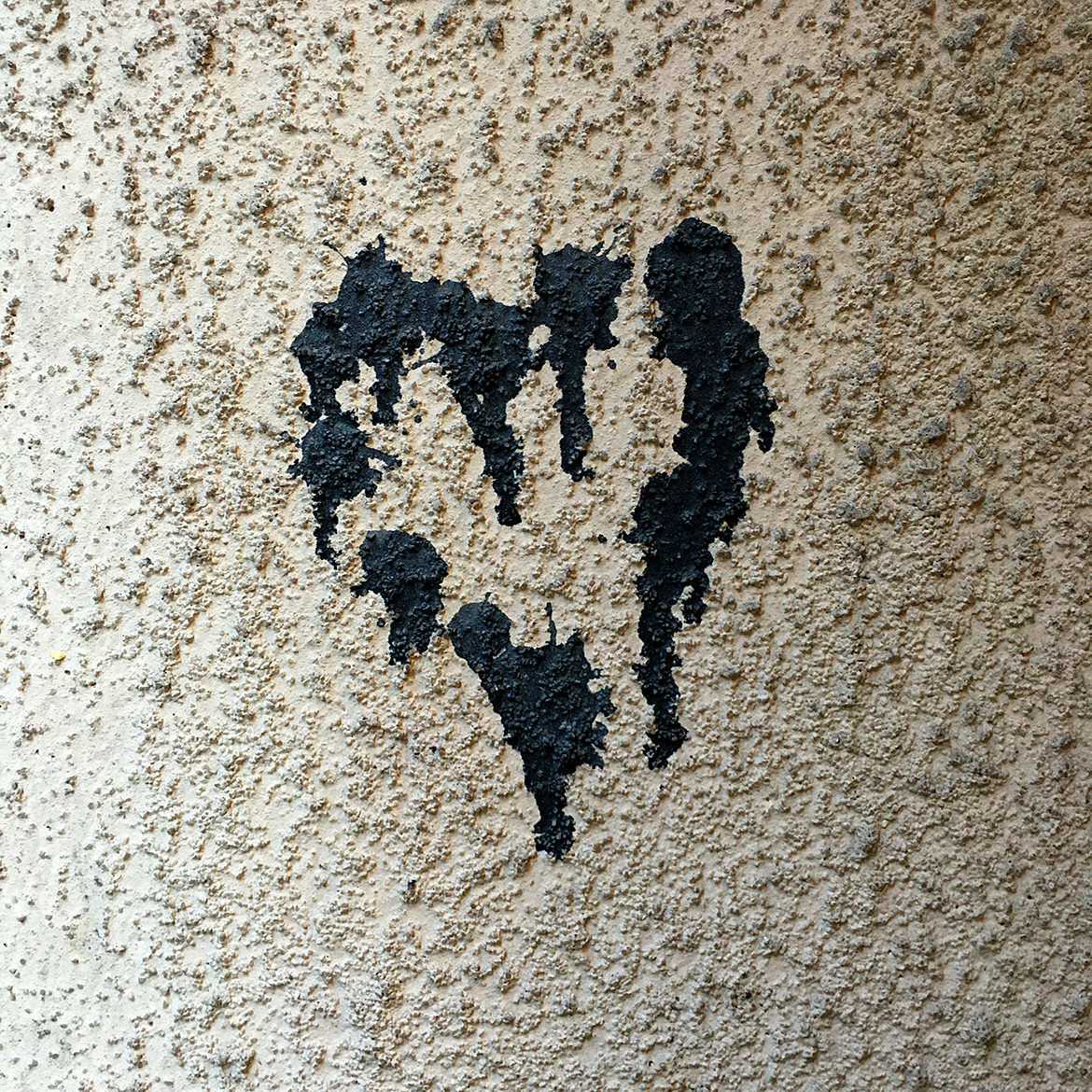
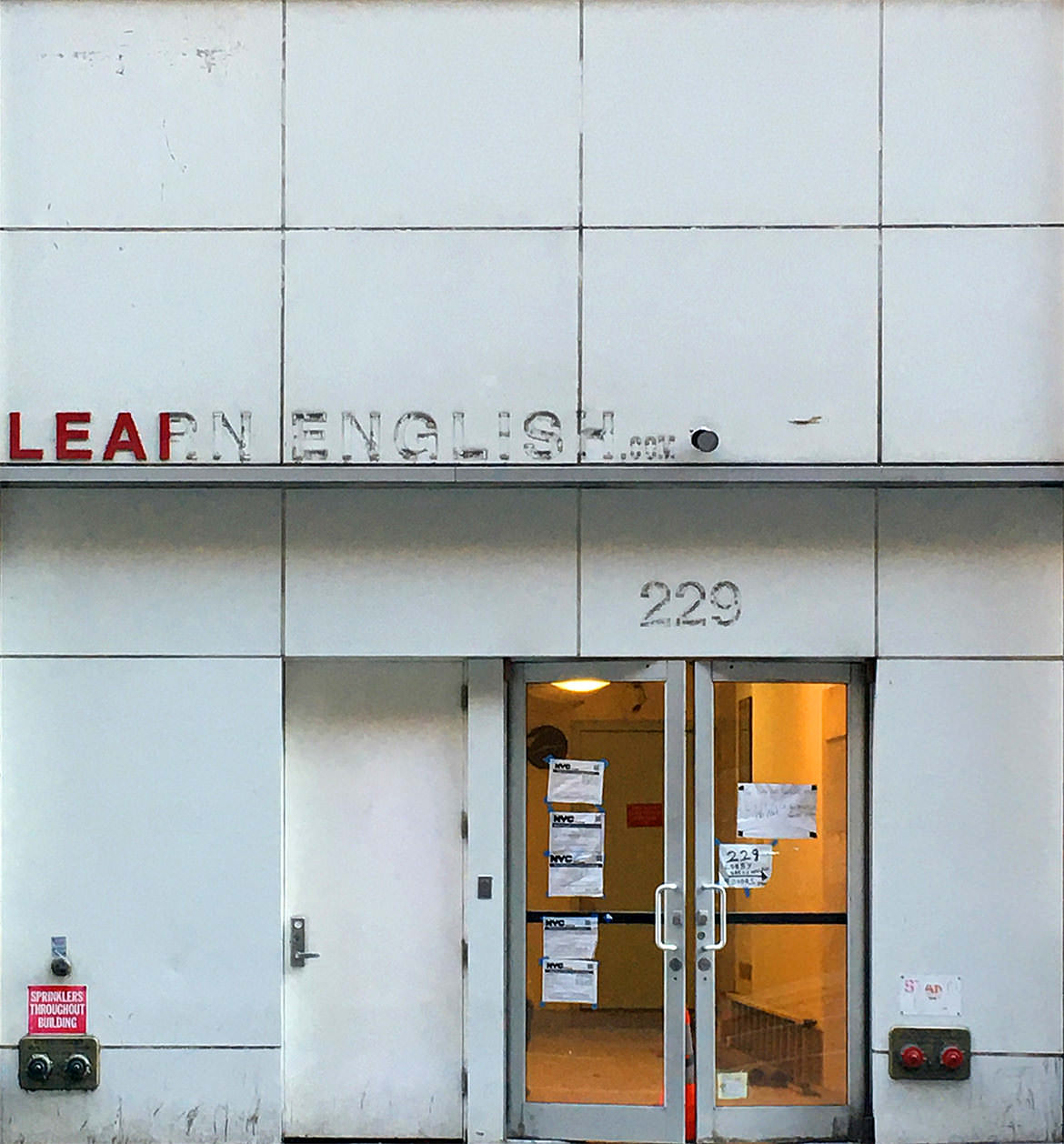

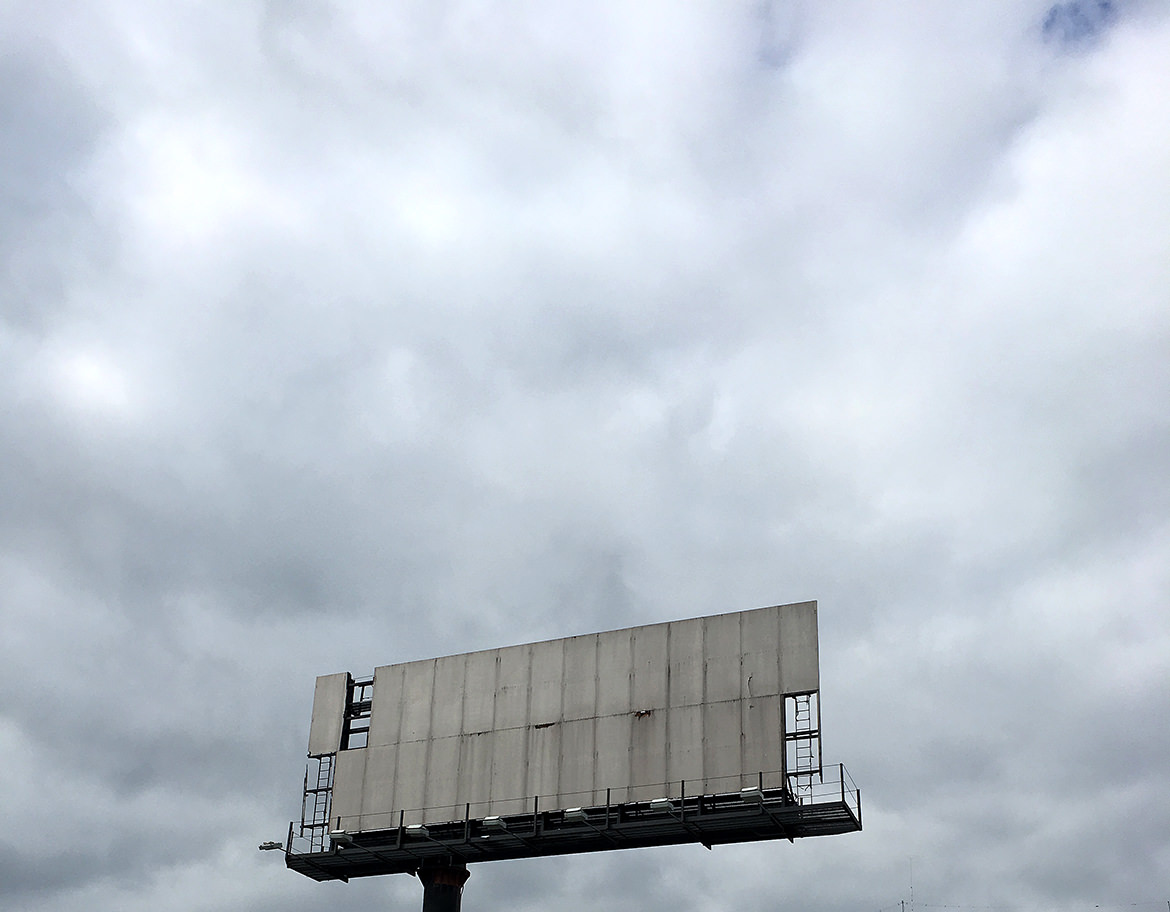

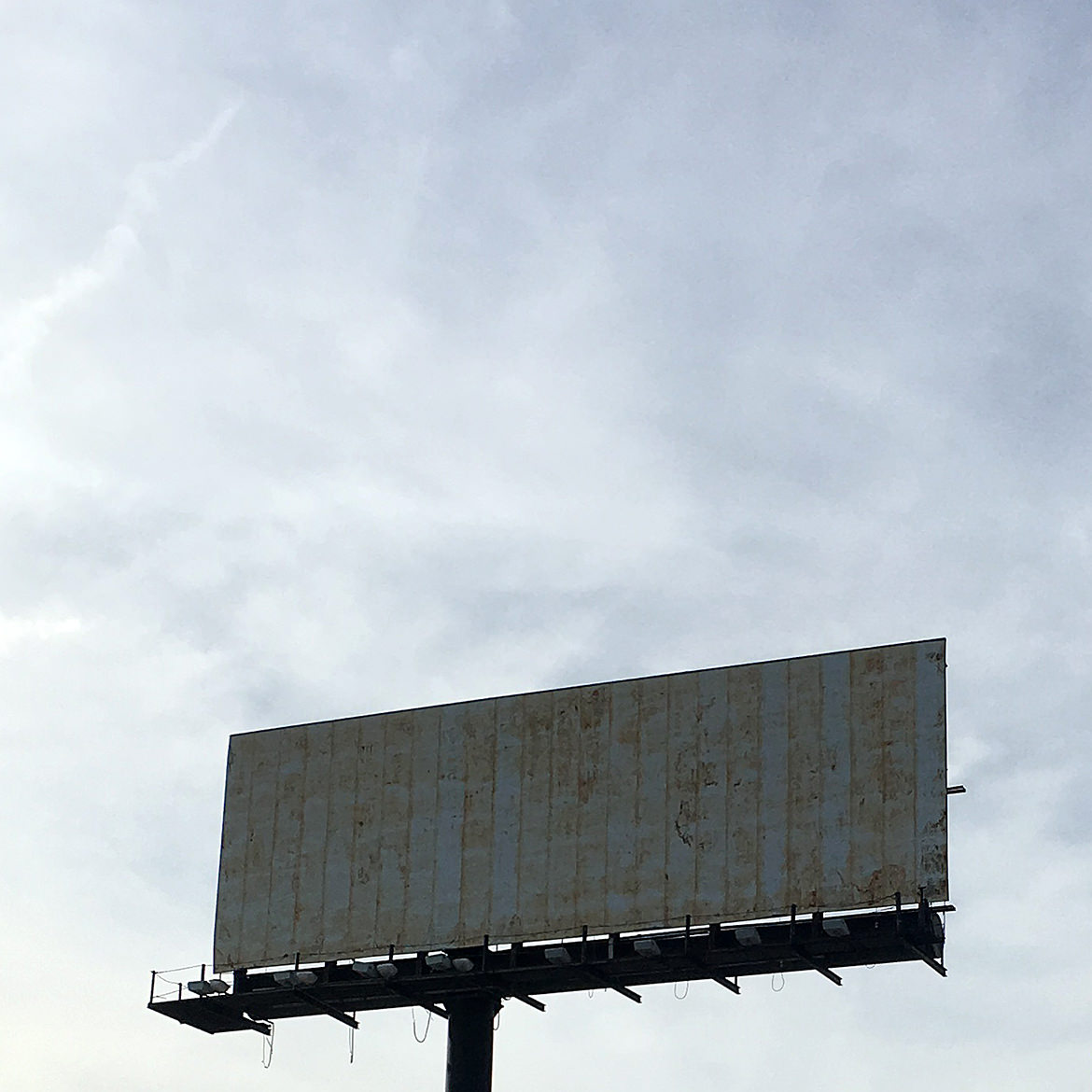
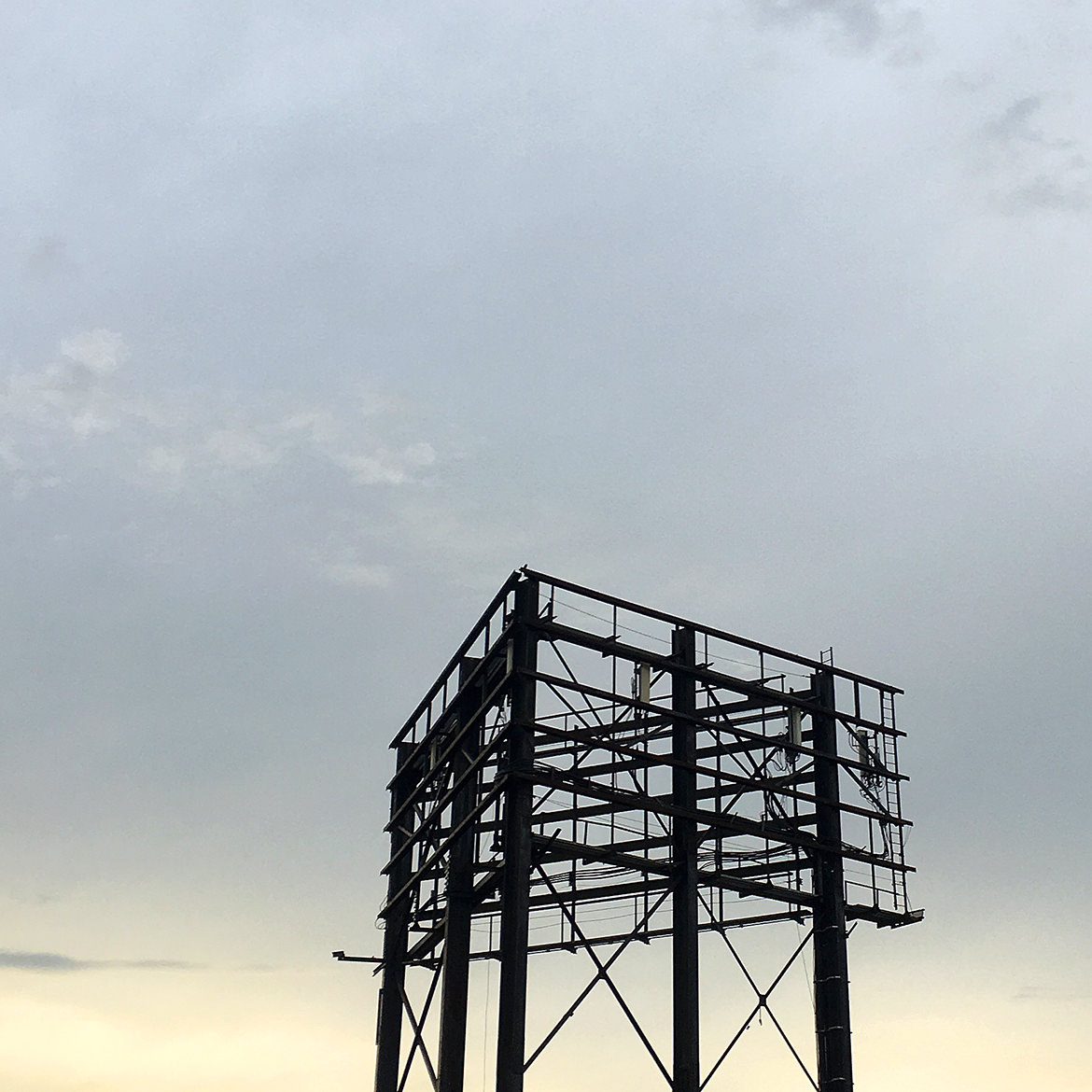
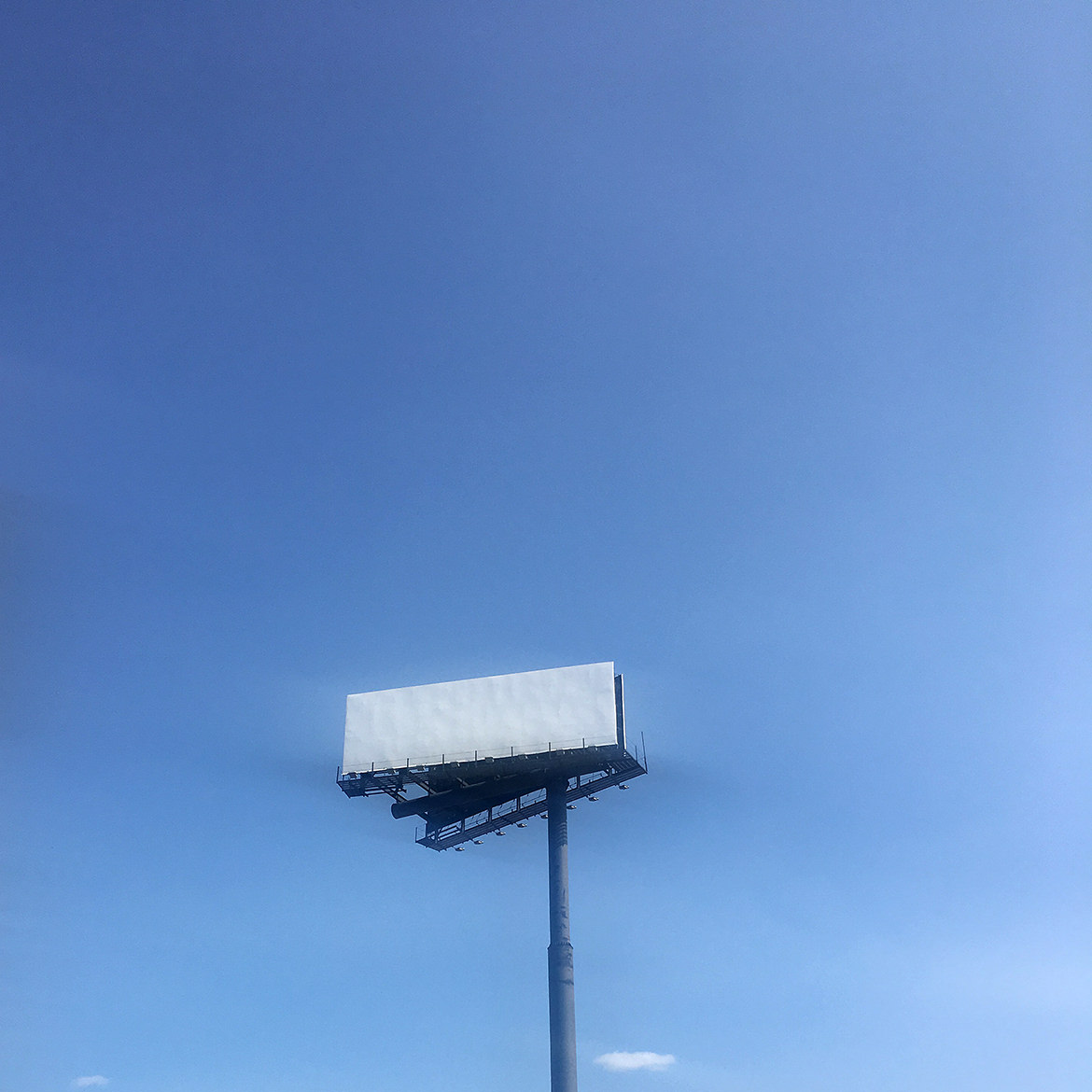
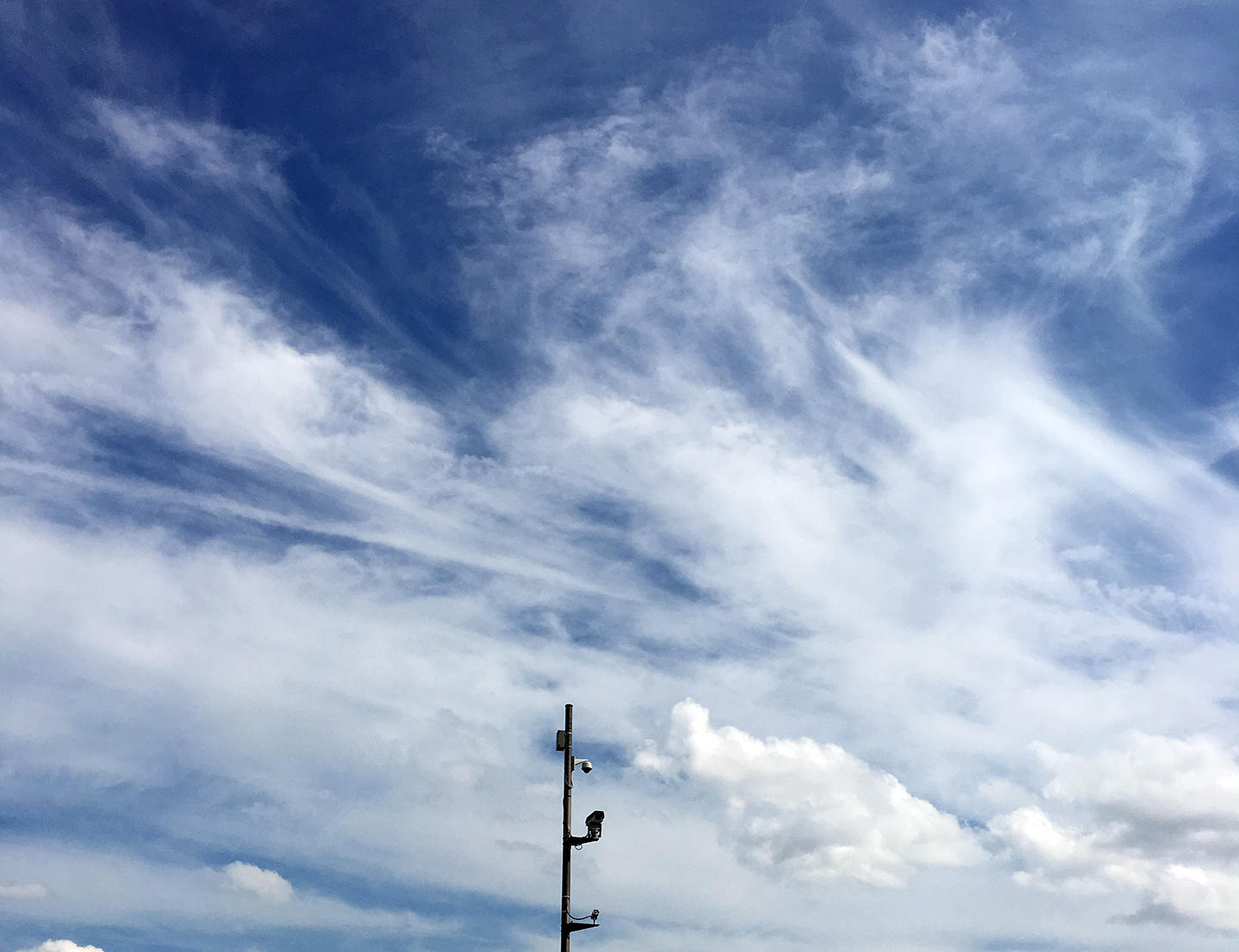 Sign of the times. What are they watching? You and me.
Sign of the times. What are they watching? You and me.